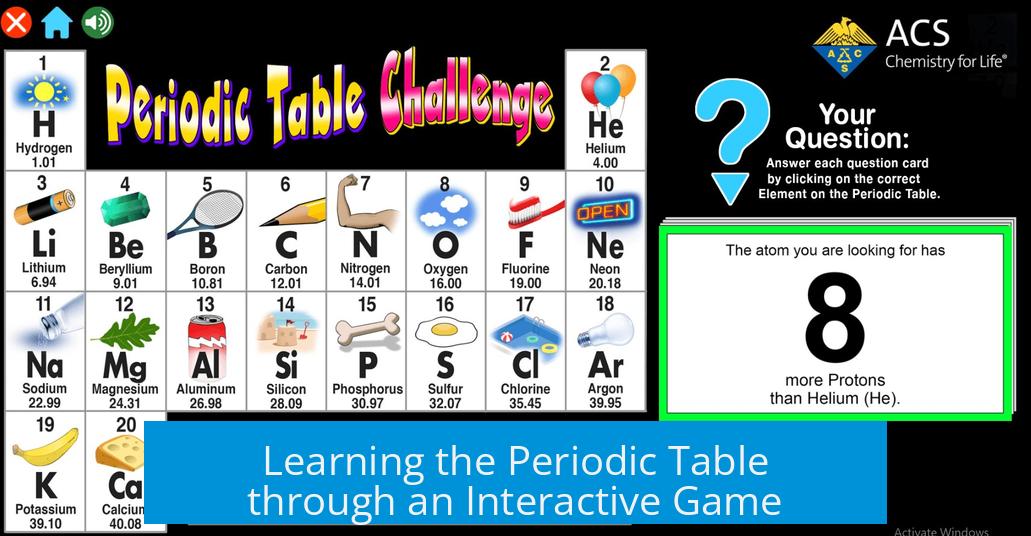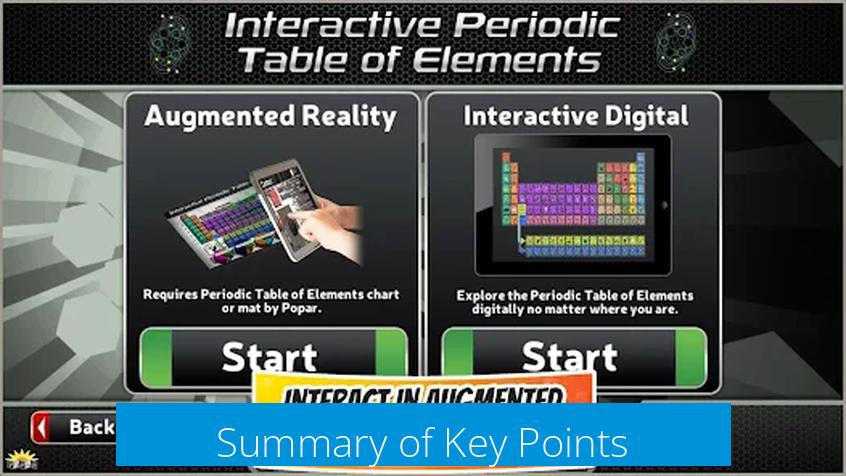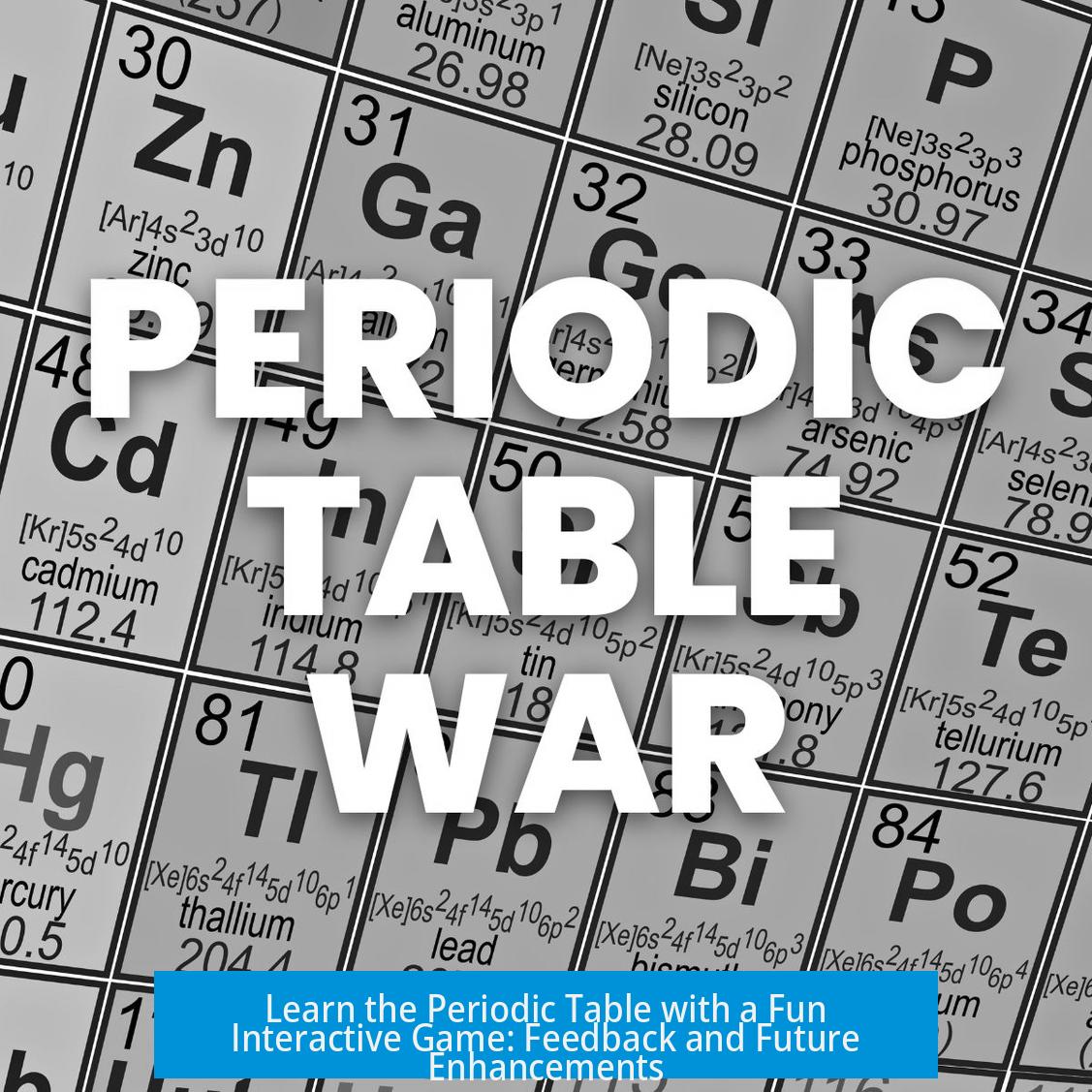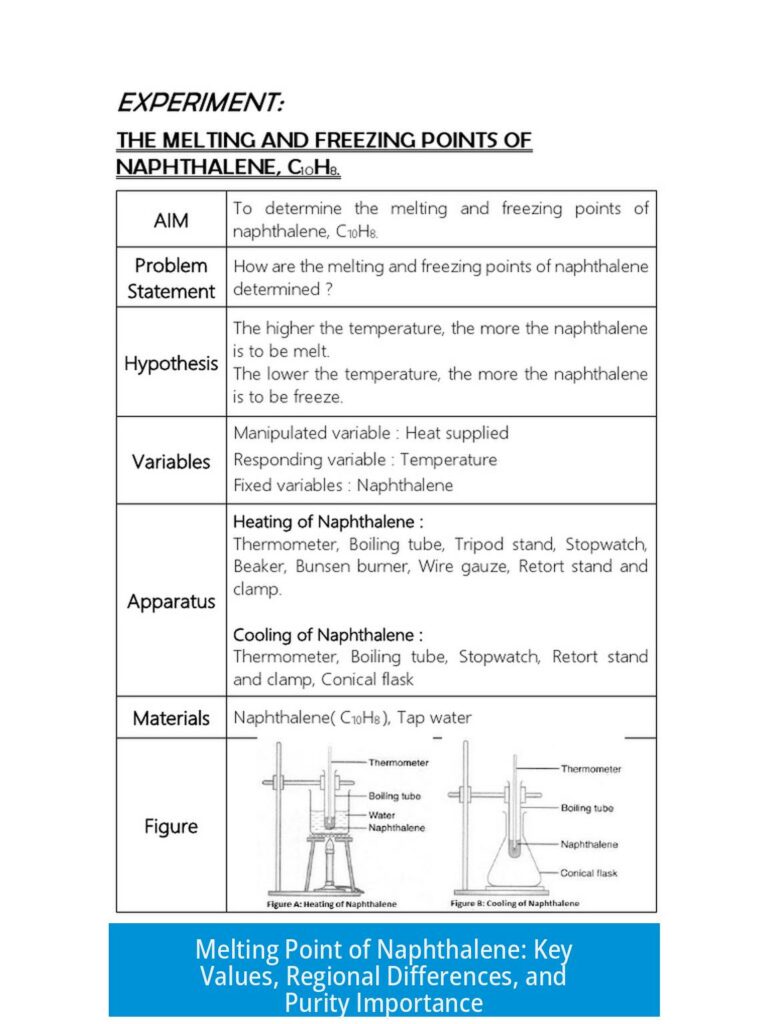Learning the Periodic Table through an Interactive Game

The game effectively helps users practice locating elements on a blank Periodic Table by interactive engagement, making memorization easier and more enjoyable. This web-based project, crafted as a beginner’s second venture in web development, has gained positive feedback for its straightforward design and educational value. Users appreciate the absence of ads or distractions, focusing purely on learning chemistry.
Reception and Effectiveness
The game receives praise for its encouraging and surprisingly effective approach to reinforce element positions. Players report a better grasp of the table’s layout and admit to discovering gaps in their knowledge. Comments highlight the intuitiveness and fun factor, which motivate repeated practice.
- “Surprisingly effective letting me know how poorly I remember the periodic table.”
- “Love it !!! Helps condition your brain to react to the area when the element pops up.”
- “Great job! I’m sharing it with students.”
Suggestions for Improvement
Several users suggest adding difficulty levels to accommodate diverse learners. For instance, tiers like easy (2 options), normal (4 options), hard (6 options), and super hard (10+ options) can enhance the challenge progressively.
Incorporating element groups aligned with educational curricula could boost relevance:
- First 20 elements for beginners
- 3d and 4d transition metals for inorganic chemistry
- 2p to 4p block elements for organic chemistry
- Lanthanides and actinides for advanced study
Expanding features to include liquid and radioactive elements might attract niche users. Scientists working with X-ray fluorescence (XRF) and synchrotron applications could benefit from a specialized mode focused on elemental energies.
User Interaction and Scoring
The game tracks user scores and attempts, providing feedback on progress. For example, scores like 117/15 and 117/61 indicate active engagement and competitive play. These metrics help players gauge improvement over time.
Summary of Key Points

- The game aids in memorizing element locations through interactive practice.
- Users appreciate the simple, ad-free interface and educational focus.
- Difficulty levels and group-specific challenges can improve learning outcomes.
- Advanced features like liquid/radioactive elements and scientific applications add depth.
- Score tracking enhances motivation and measures progress.
Mastering the Periodic Table: A Fun Game That Teaches Without the Fuss
Ever wished the periodic table could be more than just a chart stuck on your classroom wall? Well, here’s the scoop: a simple, no-nonsense web-based game that lets you practice locating elements on a blank Periodic Table. It’s the creator’s second web development project, still fresh and basic, but surprisingly effective.
Think of it like flashcards, but interactive and without any annoying ads or trick buttons. Just pure learning fun. Curious how this little project is changing the way people learn chemistry? Let’s dive in.
What Makes This Game a Hit?
The response to this periodic table game is overwhelmingly positive—players love its straightforward approach. One user confessed, “That was great, and surprisingly effective at letting me know how poorly I remember the periodic table, lol.” So, if you think you know your elements, this might just humble you a bit.
Others echo similar sentiments: “Very nice!” and “Amazing, really like the game.” Simple praises, but they pack a punch. It’s easy to overlook these kinds of tools when studying dense subjects like chemistry. But this game stands out because it helps condition your brain to react to element locations—not just memorize them.
One enthusiastic player shared, “Love it!!! Helps a lot because of the specific options it gives you an idea of where they are. And it conditions your brain to reacting to the area when you see the element pop up.” Now, isn’t that a smarter way to learn than staring at static tables?
This game isn’t just for casual learners. Students and educators alike are sharing it around. One comment, “Amazing, really like the game. Sharing with some students!” shows it has real educational merit.
Where Can This Game Improve? Suggestions from the Front Lines
Even great ideas can be made greater. Players suggest adding difficulty options that would tailor the game to different learning levels. Imagine an easy mode featuring only 2 options per question, all the way to a ‘super hard’ mode with 10 or more element choices.
A user proposed, “Maybe a bonus one that lets you choose anywhere on the periodic table,” which sounds like an exciting challenge for advanced learners.
One reflects on their school days, highlighting the relevance of grouping elements for better learning: “In high school, I was required to remember the first 20. Inorganic 2nd year was 3d and 4d blocks. 2nd year organic was 2p to 4p.” Clearly, the game could benefit from modes focusing on these specific blocks or ranges.
Extra features like including the lanthanide and actinide series, or highlighting liquid and radioactive elements, would add depth. A particularly niche but smart idea came from someone in the X-ray and synchrotron science fields: “Something for xray fluorescence energies in certain ranges would be helpful for scientists quickly assigning peaks as well!”
Encouragement flows freely. “Keep up the good work, man!” means this game has landed on the right track.
Tracking Progress: How’s Your Score?
![]()
It’s always good to see how well you’re doing. The game apparently offers a way to track scores or attempts, with playful entries like “I got 117/15 o/ cool stuff” and “117/61 not bad.” This gamification adds motivation and lets players see tangible progress.
Scorekeeping turns learning into a fun competition, either with oneself or peers. It’s a perfect example of subtle engagement—no pressure, just a little nudge to do better next time.
Why This Project Stands Out
Let’s be honest. Web development projects can easily become bloated with ads or complicated rules. This one is refreshingly pure: no ads, no tricks—just something made for the love of learning. It reflects a beginner’s passion and willingness to try new ground.
The creator is willing to listen, improve, and share the tool openly, which many find inspiring. Plus, making a game to practice something as daunting as the periodic table is clever—especially since it taps into the power of active recall, a proven method to strengthen memory.
Besides, it’s a gentle reminder that learning doesn’t have to be boring or tough. A little creativity breaks the monotony.
Thinking Ahead: How Can YOU Use This?
- Try using it as a daily 5-minute warm-up before chemistry class.
- Challenge yourself with proposed difficulty levels once they roll out.
- Share it with study groups to add a fun element to otherwise dry revisions.
- Suggest improvements or new features to the developer community—help shape this tool.
- Use score trends to identify which element groups to focus on next.
Even if you aren’t a chemistry whiz or a web dev, the concept sparks ideas about how small projects can make learning more interactive and less painful.
In the End…
This game, though simple, packs a powerful punch by making memorizing the periodic table approachable and even enjoyable. It showcases how a bit of passion and basic coding can create tools that help many. The road ahead—adding difficulty levels, special elements, and more features—is exciting. It’s clear this game is already making a mark.
So, what’s your element? Are you ready to try this game and finally get a handle on the periodic table? Remember, learning smart beats learning hard, and this game nails that idea. Plus, it might just surprise you how much fun chemistry can be when you’re no longer just staring at a wall chart.
How does this game help with learning the Periodic Table?
The game helps by challenging players to locate elements on a blank table. It strengthens memory by reacting to the position of elements quickly. Users report it improves recall through practice.
Can the game be adjusted for different skill levels?
Yes, there are suggestions to add difficulty levels. Options could range from 2 to 10 choices. Customizable ranges could suit beginners to advanced users.
Are there any plans to include special element categories?
Users recommended adding liquid and radioactive elements. Some also suggested incorporating lanthanide and actinide series. These additions would enhance educational value.
Is the game suitable for scientific professionals?
One idea is to tailor the game for scientists needing quick element recognition. For example, x-ray fluorescence users could benefit from specialized versions matching their field.
What feedback has the creator received on this web project?
The creator has received mostly positive feedback praising the game’s concept and usefulness. Players find it fun and effective, encouraging ongoing development and improvements.





Leave a Comment